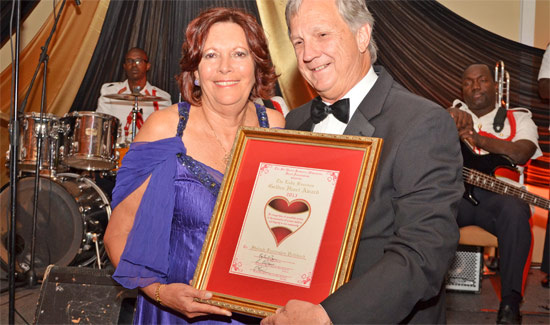 Deputy chief medical officer, Delon Brennen has revealed that there have been ten confirmed cases of dengue hemorrhagic fever reported in The Bahamas.
Deputy chief medical officer, Delon Brennen has revealed that there have been ten confirmed cases of dengue hemorrhagic fever reported in The Bahamas.
Dengue hemorrhagic fever is by far the most dangerous strain of the disease and can be fatal.
The government reports that over 3,500 cases of lesser strains of dengue fever have been confirmed in recent weeks.
However, other health experts estimate that the government’s figure is probably only about 20% of the actual number of cases. Many people with milder case do not report them. If this is true, there could be any many as 17,500 actual cases. The Bahamas government is known to downplay crises such as this, so as not to scare away tourists. Tourism is a vital part of the Bahamian economy, which has been battered by the global recession.
Dengue hemorrhagic fever is accompanied by massive bleeding, including abdominal bleeding or bleeding in urine or stools. It usually occurs after a person who was previously infected by one strain of the virus becomes infected by another strain. Complications are rare but may include the following:
- Brain damage from prolonged shock or intracranial hemorrhage
- Myocarditis
- Encephalopathy
- Liver failure
There are four strains of dengue fever.
Last week, nine people were diagnosed with other strains of dengue fever in one day, at one clinic in New Providence. There have been as many as forty cases a day reported at the one small clinic in one day.
The Aedes aegypti mosquito is responsible for the spread of the disease. Fever, muscle pain, eye pain and headaches are some of the symptoms associated with dengue fever.
People with mild symptoms are being asked to treat themselves at home by getting rest.



